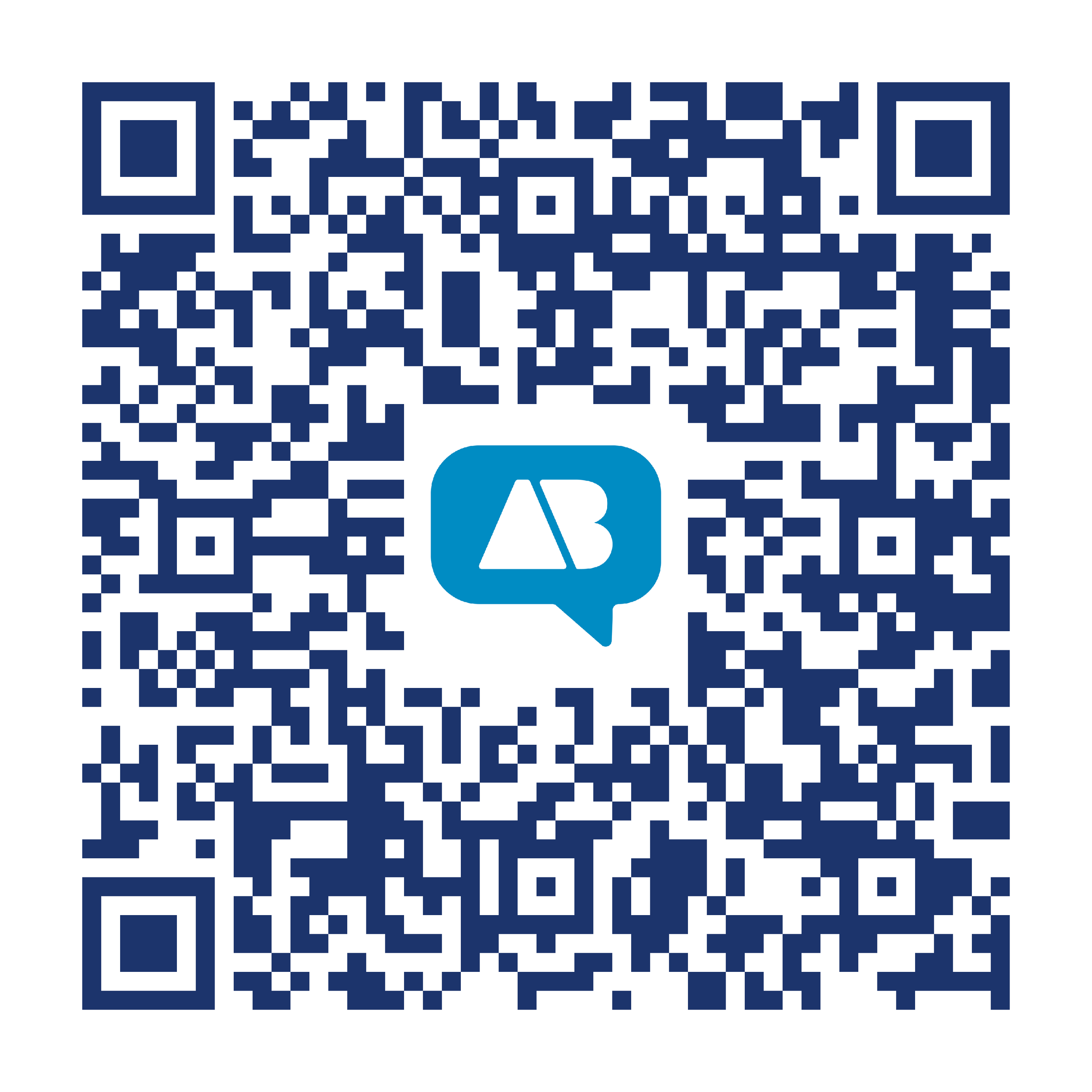CONTRIBUTIONS
“I take asking people to send me their money very seriously. Whether it’s $2, $19.99, or a campaign contribution, I want everyone who invests in me to feel confident they’re getting something real in return.”
What I Did in My GAP Year
I’ve always believed there’s a big difference between having a plan and making one. My “gap year” wasn’t planned — it just sort of… happened. But like a lot of things in life, what started as uncertainty turned into one of my best teachers.
Five years into running our Subway franchise, my business partner Chris and I came to the same realization — we liked eating sandwiches a lot more than making them. We’d opened our doors on January 16, 1991, the same day the U.S. entered the Gulf War, and we hustled through some tough years. Eventually, it made sense for Chris to buy me out — his dad had co-signed our loan, and frankly, he still had more patience for chopping lettuce than I did.
When the deal was done, I was 27 years old, freshly self-unemployed, and determined to stay in South County. I’d fallen in love with this part of Rhode Island — the people, the pace, the coastline — and I wanted to build a career here. My target was APC, one of the few big success stories to come out of the southern part of the state. It was tech, it was innovative, and I wanted in. The problem? They didn’t have a “former sandwich guy seeking reinvention” position open.
It took me a full year to break in — twelve months of phone calls, persistence, and patience before landing an entry-level job in customer service at age 28. But before that opportunity came along, I had to figure out what to do with that gap year.
One day, standing in line at the grocery store, flipping through The National Enquirer (purely for educational purposes, of course), I noticed the tiny classified ads in the back. This was 1996 — before the Internet made everyone a marketer — and these ads were still where small fortunes were made and lost. Somewhere between alien sightings and miracle diets, I got an idea.
So I placed my own ad:
“Learn how to make money through the mail. Send $2 for details.”
I mailed off the ad, and to my shock, people actually started sending checks. It wasn’t a windfall, but it was a thrill. Then came the next question: now what?
So, channeling my inner marketer, I wrote a multi-page follow-up letter — an old-school sales pitch — inviting people to take the next step and send $19.99 for a book on How to Start a Mail-Order Business. And again, to my amazement, a few people did.
Now, at this point, I had two choices: refund their money, or actually deliver the book I promised. My parents didn’t raise a cheat, so I took the road less traveled — straight to the URI library. For months, I buried myself in research about mail-order businesses, marketing, and customer psychology. By the time I was done, I’d written and printed my own self-published guide — courtesy of the fine folks at Kinko’s.
And just as I got that little enterprise off the ground, APC called. I’d finally landed the job I’d been chasing all year. So I boxed up the leftover books, put one on my shelf, and moved on to the next chapter of my life — literally and figuratively.
Looking back, that year taught me more than any job could have. It taught me persistence, creativity, and accountability. When someone sent me their hard-earned money, I felt a responsibility to deliver value in return — even if it meant writing an entire book to make good on my word.
The moral of the story is simple: I take asking people to send me their money very seriously. Whether it’s $2, $19.99, or a campaign contribution, I want everyone who invests in me to feel confident they’re getting something real in return.
It turns out, that year wasn’t a gap at all — it was a bridge. A bridge between where I was and where I wanted to be. And I’ve been building on it ever since.
“there are more important things in life than money. Unfortunately, they all cost money.”
— FRED ALLEN, Comedian


